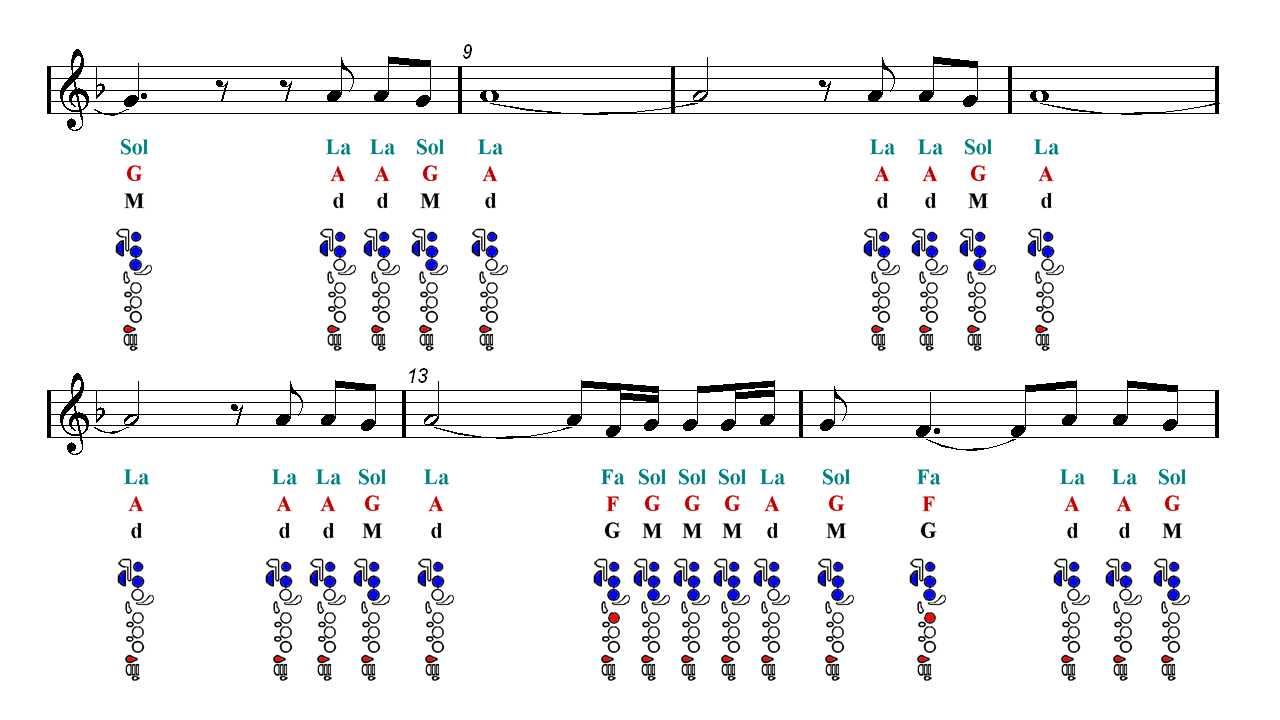
Spanish Guitar Chords And Scales Pdf Creator
Plays using an that allows major chords to be played by the strings anywhere along their length. In, a guitar is a of played on a. A chord's notes are often played simultaneously, but they can be played sequentially in an.
The implementation of guitar chords depends on the guitar tuning. Print file details from windows explorer list. Most guitars used in have six strings with the of the, namely E-A-D-G-B-E' (from the lowest pitched string to the highest); in standard tuning, the present among adjacent strings are except for the (G,B). Standard tuning requires four chord-shapes for the. There are separate chord-forms for chords having their on the third, fourth, fifth, and sixth strings.
Smooth jazz hits for lovers rarlab. Smooth & Sexy: Smooth Jazz for Lovers. Smooth & Sexy features the top stars in Jazz performing end to end love songs. #1 Smooth Jazz, R&B, and Quiet Storm artists such as Euge Groove, Maysa, Kim Waters, Walter Beasley, Phil Perry, Keiko Matsui, and others make this a true superstar compilation.

Learn how to play guitar with free video guitar lessons and interactive guitar courses at TrueFire, the world's most comprehensive library of guitar instruction.
For a six-string guitar in standard tuning, it may be necessary to drop or omit one or more tones from the chord; this is typically the root. The layout of notes on the in standard tuning often forces guitarists to the tonal order of notes in a chord. The playing of conventional chords is simplified by, which are especially popular in, and non-Spanish classical guitar (such as and ). For example, the typical uses only, each of which can be played (in every open tuning) by fretting six-strings with one finger. Open tunings are used especially for.
Open tunings allow one-finger chords to be played with greater consonance than do other tunings, which use, at the cost of increasing the in other chords. The playing of (3-5 string) guitar chords is simplified by the class of called, in which the musical intervals are the same for each pair of consecutive strings.
Regular tunings include,, and tunings. For each regular tuning, chord patterns may be diagonally shifted down the fretboard, a property that simplifies beginners' learning of chords and that simplifies advanced players'.
On the other hand, in regular tunings 6-string chords (in the keys of C, G, and D) are more difficult to play. Conventionally, guitarists notes in a chord to increase its volume, an important technique for players without amplification; doubling notes and changing the order of notes also changes the of chords. It can make a possible a 'chord' which is composed of the all same note on different strings.
Many chords can be played with the same notes in more than one place on the fretboard. Major and minor triads contain major-third and minor-third intervals in different orders.
The musical theory of chords is reviewed, to provide terminology for a discussion of guitar chords. Three kinds of chords, which are emphasized in introductions to guitar-playing, are discussed. These basic chords arise in chord-triples that are conventional in Western music, triples that are called three-chord progressions. After each type of chord is introduced, its role in three-chord progressions is noted. Intermediate discussions of chords derive both chords and their progressions simultaneously from the of. The basic guitar-chords can be constructed by 'stacking thirds', that is, by concatenating two or three third-intervals, where all of the lowest notes come from the scale. Triads [ ] Major [ ] Both major and minor chords are examples of musical, which contain three distinct notes.
Triads are often introduced as an: • the; • the, which is above the root by either a major third (for a major chord) or a minor third (for a minor chord); • the fifth, which is a perfect fifth above the root; consequently, the fifth is a third above the third—either a minor third above a major third or a major third above a minor third. The major triad has a root, a major third, and a fifth. (The major chord's major-third interval is replaced by a minor-third interval in the minor chord, which shall be discussed in the next subsection.) Chord Root Major third Fifth C C E G D D F ♯ A E E G ♯ B F F A C G G B D A A C ♯ E B B D ♯ F ♯ For example, a C-major triad consists of the (root, third, fifth)-notes (C, E, G). The three notes of a major triad have been introduced as an, namely (root, third, fifth), where the major third is four semitones above the root and where the perfect fifth is seven semitones above the root.
This type of triad is in. Triads are quite commonly played in: For example, the C-major triad is often played with the third (E) and fifth (G) an octave higher, respectively sixteen and nineteen semitones above the root. Another variation of the major triad changes the order of the notes: For example, the C-major triad is often played as (C,G,E), where (C,G) is a perfect fifth and E is raised an octave above the perfect third (C,E).